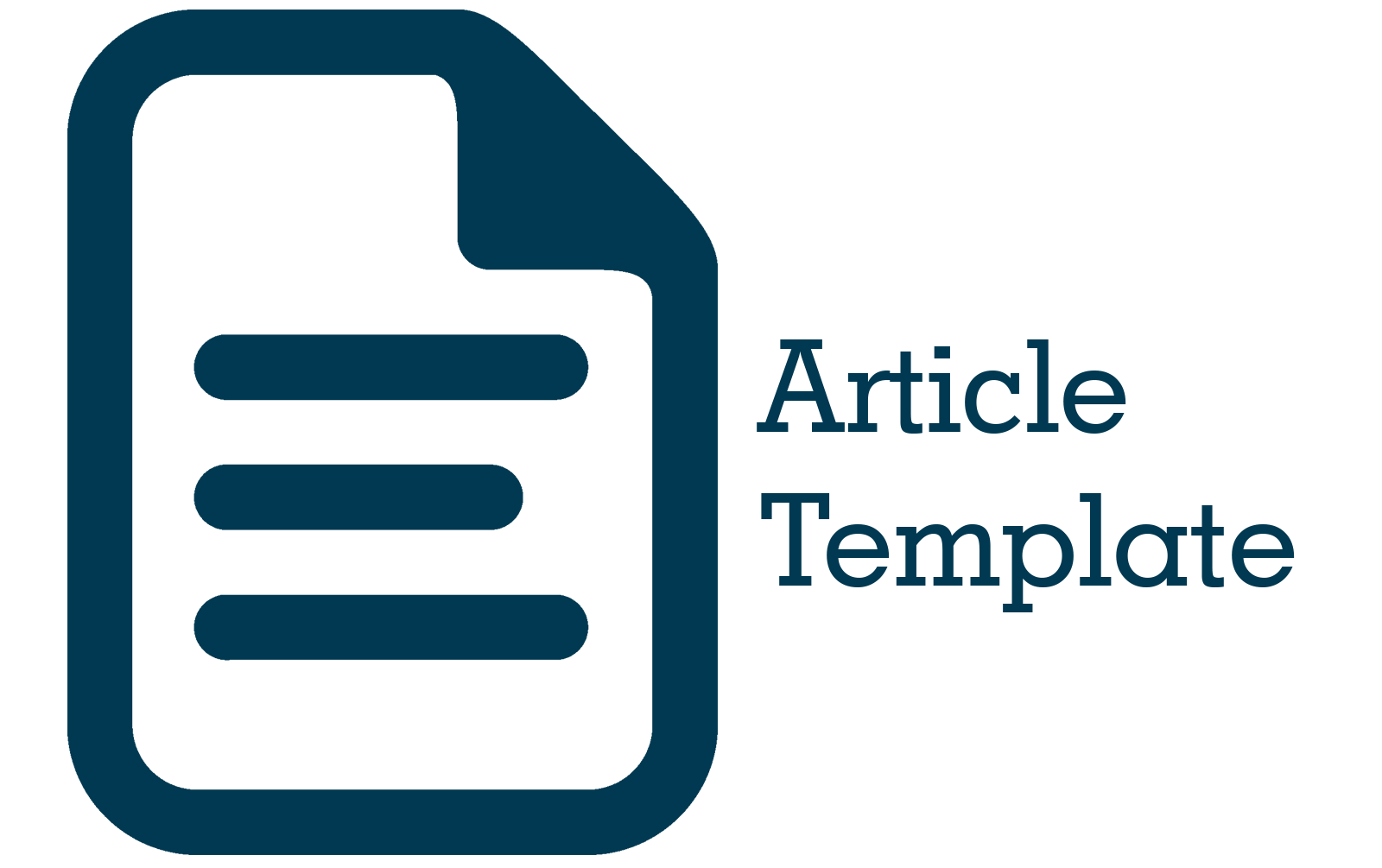Strategi Pengembangan Usaha Mikro, Kecil, dan Menengah (UMKM) Batik di Kabupaten Cirebon Provinsi Jawa Barat
Abstract
Abstract. Batik is one of Indonesia's cultural heritages that has high artistic and economic value. Cirebon Regency is known as one of the batik production centers that has great potential in supporting local economic growth. However, the challenges faced by batik MSMEs in this area include limited capital, low adoption of technology, limited skilled labor, and competition with manufactured batik products. Therefore, this study aims to analyze the strengths, weaknesses, opportunities, and threats in the development of batik MSMEs in Cirebon Regency and to formulate the right strategy to increase the competitiveness of the local batik industry. This study uses a qualitative approach with the SWOT analysis method. Data were obtained through interviews with batik MSME managers and distributing questionnaires to eight respondents consisting of business owners, employees, consumers, business partners, and representatives from related agencies. The results of the study showed that there were seven main strength factors, including strategic location, product quality, digital marketing, and utilization of local raw materials.
Abstrak. Batik merupakan salah satu warisan budaya Indonesia yang memiliki nilai seni dan ekonomi tinggi. Kabupaten Cirebon dikenal sebagai salah satu sentra produksi batik yang memiliki potensi besar dalam mendukung pertumbuhan ekonomi lokal. Namun, tantangan yang dihadapi oleh UMKM batik di daerah ini meliputi keterbatasan modal, rendahnya adopsi teknologi, keterbatasan tenaga kerja terampil, serta persaingan dengan produk batik pabrikan. Oleh karena itu, penelitian ini bertujuan untuk menganalisis faktor-faktor kekuatan, kelemahan, peluang, dan ancaman dalam pengembangan UMKM batik di Kabupaten Cirebon serta merumuskan strategi yang tepat untuk meningkatkan daya saing industri batik lokal.Penelitian ini menggunakan pendekatan kualitatif dengan metode analisis SWOT. Data diperoleh melalui wawancara dengan pengelola UMKM batik serta penyebaran kuesioner kepada delapan responden yang terdiri dari pemilik usaha, karyawan, konsumen, mitra usaha, serta perwakilan dari dinas terkait. Hasil penelitian menunjukkan bahwa terdapat tujuh faktor kekuatan utama, di antaranya adalah lokasi strategis, kualitas produk, pemasaran digital, dan pemanfaatan bahan baku lokal.
References
Ahmad Kholik, & Dewi Rahmi. (2023). Strategi Pengembangan UMKM Makanan dan Minuman di Kelurahan Tamansari Kota Bandung. Jurnal Riset Ilmu Ekonomi Dan Bisnis, 133–142. https://doi.org/10.29313/jrieb.v3i2.2796
Asian Development Bank (ADB). (2023). Community-based financing for MSMEs: Strategies and outcomes. Manila: ADB Publications.
Badan Pusat Statistik (BPS). (2022). Statistik UMKM Kabupaten Cirebon 2018-2022. Jakarta: Badan Pusat Statistik.
International Trade Centre (ITC). (2022). High-quality products and global competitiveness. Geneva: ITC.
International Trade Centre (ITC). (2022). SME Competitiveness Outlook 2022: Empowering SMEs to Navigate Global Challenges. Geneva: ITC.
Kementerian Koperasi dan UKM. (2023). Laporan tahunan perkembangan UMKM di Indonesia. Jakarta: Kemenkop UKM.
Organisation for Economic Co-operation and Development (OECD). (2021). Regional growth and market accessibility in local economies. Paris: OECD Publishing.
Organisation for Economic Co-operation and Development (OECD). (2023). Digital transformation for micro and small enterprises. Paris: OECD Publishing.
Organisation for Economic Co-operation and Development (OECD). (2021). The Territorial Impact of COVID-19: Managing the Crisis Across Levels of Government. Paris: OECD Publishing.
Organisation for Economic Co-operation and Development (OECD). (2023). Digital Economy Outlook 2023. Paris: OECD Publishing.
Saffana Putri Arifa, & Nurfahmiyati. (2024). Strategi Pengembangan Bisnis UMKM Rengginang Dengan Pendekatan Blue Ocean Strategy. Jurnal Riset Ilmu Ekonomi Dan Bisnis, 65–72. https://doi.org/10.29313/jrieb.v4i1.3702
Setiawan, B., Siregar, F., & Anggraeni, N. (2023). Human capital development in small businesses: Barriers and solutions. Journal of Business Studies, 29(1), 45–60.
Susanti, D., & Hidayat, T. (2022). The role of e-commerce in enhancing SME competitiveness. Journal of Digital Economy, 15(5), 101–115.
Susanti, E., & Hidayat, R. (2022). Digital marketing strategies for small businesses: Insights and trends. Journal of Economic Studies, 15(3), 45-57.
Todaro, M. P., & Smith, S. C. (2015). Economic development (12th ed.). Harlow: Pearson Education.
United Nations Conference on Trade and Development (UNCTAD). (2020). Promoting local resources for sustainable economic growth. Geneva: UNCTAD Publications.
United Nations Development Programme (UNDP). (2022). Community-based development strategies. New York: UNDP.
United Nations Conference on Trade and Development (UNCTAD). (2020). World Investment Report 2020: International Production Beyond the Pandemic. Geneva: UNCTAD.
United Nations Development Programme (UNDP). (2022). Human Development Report 2022: Uncertain Times, Unsettled Lives – Shaping our Future in a Transforming World. New York: UNDP.
World Bank. (2021). Logistics and market accessibility in developing economies. Washington, DC: World Bank Group.
World Bank. (2021). World Development Report 2021: Data for Better Lives. Washington, DC: World Bank.
World Economic Forum (WEF). (2021). Operational efficiency and financial management for MSMEs. Geneva: WEF.
World Economic Forum (WEF). (2021). The Future of Jobs Report 2021. Geneva: WEF.









